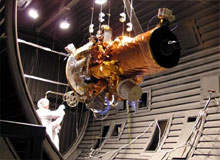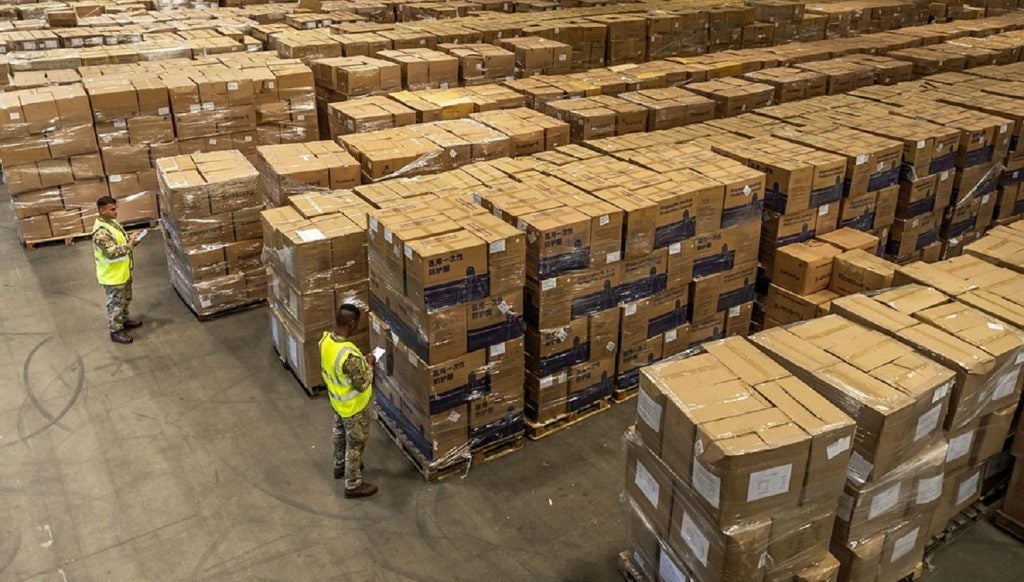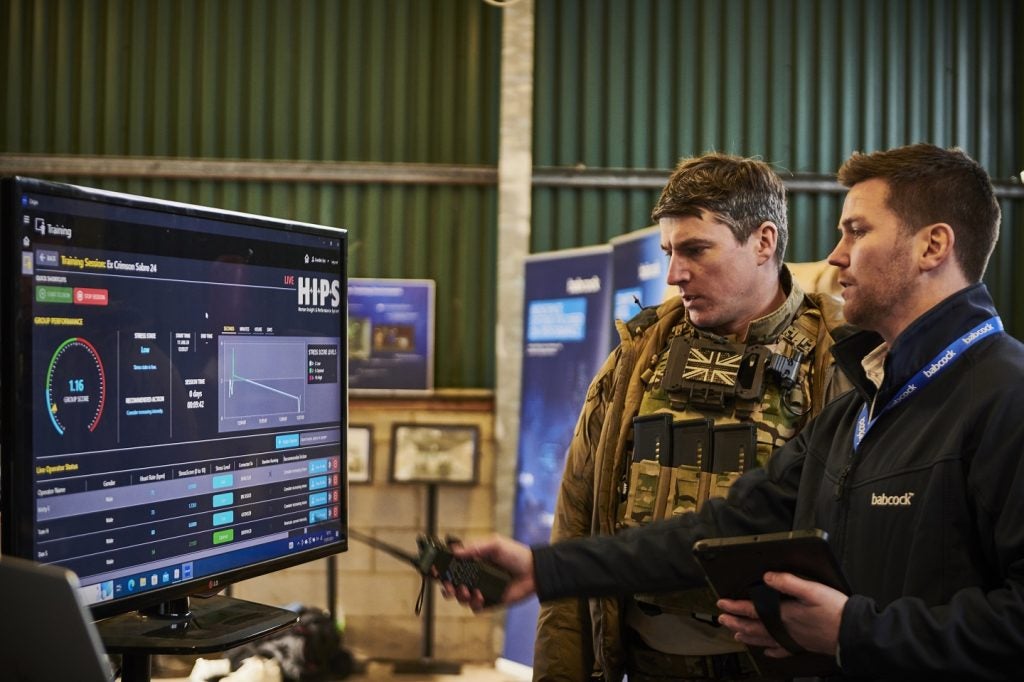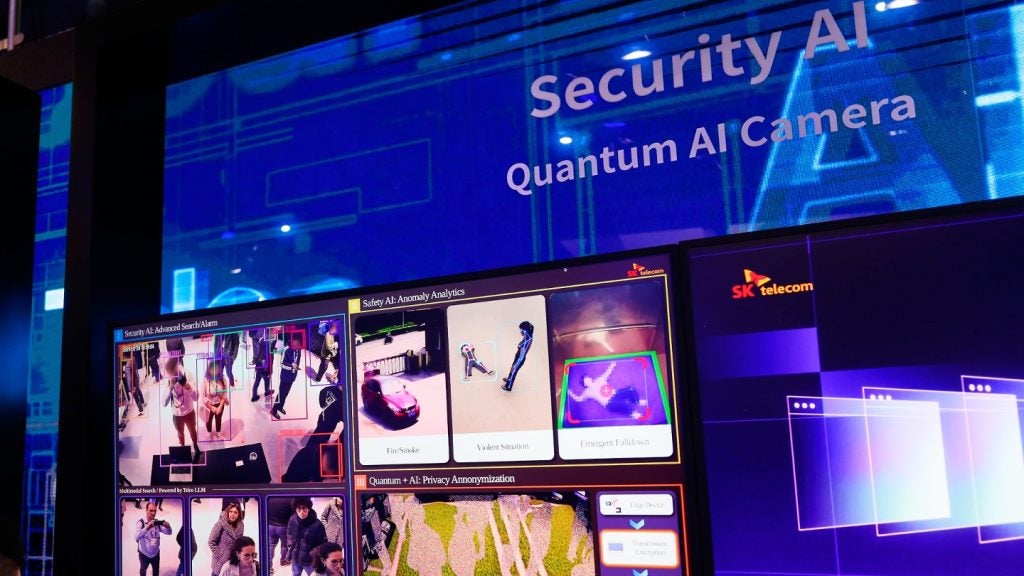
Despite a growing trend in the west to ‘streamline’ and ‘right-size’ armed forces, defence budgets – although subject to some cuts – remain sizeable, particularly in the technology sector. Both the face of the battlefield and styles of engagement have undergone a rapid evolution over the opening years of the 21st century, creating an environment with an ever-growing demand for innovative solutions and defence departments seem more than ready to pay for it.
In 2007, according to the US National Science Foundation, some $56bn – accounting for around half of all Federal R&D – was funded by the Pentagon, while the White House proposes increasing the military IT budget to $33.3bn for 2009. In Britain too, a similar pattern emerges. Although the UK’s military spending per capita ranks sixth in the world, the Ministry of Defence funds the second largest programme of R&D after the US and has an additional annual budget of more than £6bn to procure military technology.
If the character of the operational strategic environment has been transformed in recent years, then the increasing demands now being placed on defence personnel themselves have changed every bit as rapidly – and not least in terms of the baseline technological literacy required. The corollary of this has been an upsurge of employment opportunities for career-technologists, from both military and civilian backgrounds, particularly within various ‘hot’ development zones.
Moreover, while military technology has often ultimately washed over into mainstream use, defence procurement has increasingly begun to display significant synergy in adapting ‘civilian’ technologies. The effective cross-fertilisation of ideas this brings has itself led to relevant jobs in the sector becoming available at a range of venues and specific location bases, working directly for defence departments, in contract roles or externally, within private industry.
HOT TOPICS
See Also:
Inevitably, the ‘hot’ topics in current defence technology reflect the needs of today’s forces to meet and counter contemporary threats – ranging from the demands of traditional war-fighting, to actions by rogue states, insurrection and terrorism. Much of this is based in command, control, computing, communication and intelligence (C4I) applications, though the need to secure energy supplies – especially by protecting offshore resources – has afforded maritime operations their own additional significance.
How well do you really know your competitors?
Access the most comprehensive Company Profiles on the market, powered by GlobalData. Save hours of research. Gain competitive edge.

Thank you!
Your download email will arrive shortly
Not ready to buy yet? Download a free sample
We are confident about the unique quality of our Company Profiles. However, we want you to make the most beneficial decision for your business, so we offer a free sample that you can download by submitting the below form
By GlobalDataWith the United States – and, by implication, its allies – heavily committed to developing a network-centric warfare capability and training exercises often reliant on simulation, IT, artificial intelligence and virtual reality technologies have a clear mandate, along with their necessary ancillary systems. As Admiral Gary Roughead, commander of US Fleet Forces Command commented recently “networks are, and will be, our battleground.”
Consequently, the most prominent technologies to attract the interest of the US Defense Advanced Research Projects Agency (DARPA) include space sensors and systems, strategic and tactical networks, information assurance and weapons of mass destruction defence. A raft of core strategic technologies also feature in the ‘wish-list’ – advanced electronic vision and 3D image processing, analysis and feature extraction, situation awareness devices, algorithms and computational systems.
The scale of their potential applications range from the grand dream of a ‘Son-of-Star-Wars’ anti-missile defence – with its inherent nightmare political dimension between Russia, ex-Soviet satellites and NATO – to ‘disposable’ GPS sensors costing less than $100.
EMPLOYMENT OPPORTUNITIES
Worldwide, the defence market is large, highly competitive and persistent, and the current skills shortages in many of the cutting edge technologies and engineering disciplines conspire to make it an attractive proposition for forging a long-term career.
In the UK alone, some 350,000 people are employed – and over 40% of the UK’s electronics manufacturing occurs in this sector. Within Europe the defence industry currently employs roughly five million and enjoys an annual expenditure of around €160bn. If closer political ties do eventually overcome the fragmented nature of national defence budgets and the legacy of disparate action, the economic contribution could be even larger.
Moreover, many companies operate in multiple locations across the world, making the employment opportunities truly global in their extent. The upshot is that for established technologists in their field looking to make the move to defence, particularly those with strong technical skills and good leadership capabilities, the prospects are very good.
The nature of the work itself can lead to a level of interest and challenge that is seldom duplicated in civilian employment, while the ever-expanding opportunities make career path progression potentially far more fluid.
Despite the attractions, there remain ongoing shortages within a variety of skill sets, which can be good news for new entrants to the sector, especially since increasingly employers seem willing to consider candidates that are not entirely matched to the role.
Experience, aptitude and a willingness to train are often seen as more important characteristics in many of the key disciplines – particularly engineering, strategic planning and project management.
Competition from parallel sectors in civilian employment is partly to blame for the current situation. The changing role of naval power has seen an increased demand for naval architects, mechanical and electrical engineers and marine modellers – many having been lured into the oil and gas industry.
The aerospace sector too is facing a shortage of electromechanical skills, systems designers and display technologists, especially those with optical / holographic experience.
There are also opportunities on the research side. While the growing complexities of the modern battlefield bring their own unique challenges, so do budget pressures – prioritising the development of increasingly sophisticated science and technology to meet these needs, without compromising quality or operational efficacy. The outlook for research scientists, technologists, analysts and system engineers is every bit as good, particularly in electronics, software systems, and stress and structural disciplines.
Western military dependence on networks clearly creates vulnerability; the Pentagon alone has over three-and-a-half million computers, operating in 65 countries and over 35 internal networks. The embedded nature of C4I functions and February’s shooting down of a malfunctioning satellite has led to some speculation about the possibility of an ‘electronic Pearl Harbour’ – but many believe this risk has been overstated.
Since the important thing is not protecting systems, but protecting function, computer technologists currently working in counter-intrusion and related fields may find themselves becoming increasingly attractive targets for defence industry head-hunters.
Nevertheless, as Lt Gen. Keith Stalder, CO of the 2nd Marine Expeditionary Force, recently observed, it is important to remember that the fundamental nature of war is still the same and thinking that current conflicts will form the pattern for future ones may be dangerous. Clearly, despite the bold new frontiers of high-tech military development there will also be a need for the more traditional forms of defence technologies, along with the engineers, technicians and scientists to support them.
ENTERING THE INDUSTRY
Many of the opportunities are, of course, dependent on the needs and policies of particular countries, though a mixture of private industry, contract and direct employment with the relevant defence departments themselves is commonplace.
In the UK, for example, most recruitment takes place into private design and manufacturing companies, though this can obviously provide ex-service personnel with continued employment in the sector every bit as much as a suitably skilled civilian.
With over 10,000 companies partly or fully involved in the defence industry – and most of them in providing technological solutions to military needs – Britain is the defence exporter in the world, exports accounting for some 40% of the UK sector’s output. In addition, the MoD itself has its own Defence Engineering and Science Group (DESG) – a 9,000-strong community of civilian scientists, engineers and technologists – and the Defence Science and Technology Laboratory.
In 1998, with a firm grasp of the pivotal role played by technological superiority in ensuring western military advantage, the US army science and technology master plan called for the ongoing development of future decisive capabilities to continue to stay ahead of the game. Ten years on, the need for technology – and technologists – in the defence arena clearly remains if anything stronger than ever.







